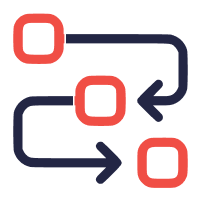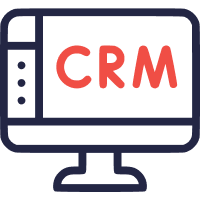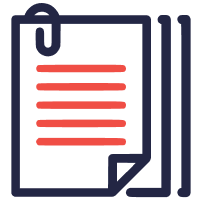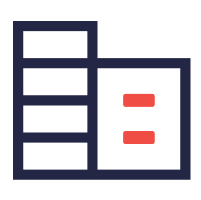Time-Series Database
Most databases (including CRMs) record data only in its latest form, ignoring the evolution of information over time. For instance, when a sales rep updates the close date of a deal in CRM, only the latest change shows up and the history of changes made to the deal does not get captured. This reduces the depth of insights you can get about your likelihood of winning or losing the deal which in turn impacts your forecasting accuracy. That's where a Time Series Database makes a critical difference- it captures how variables change over time using AI. Instead of your past data disappearing into a black hole, a Time Series Database holds on to that data and uses it to analyze your current data and make accurate predictions about the future-answering questions on what happened in the past, what is changing today and what outcomes to expect tomorrow. Time Series Databases use an ELT (Extract, Load and Transform) function to fetch historical data, while analytics components then dive deep into the data to elicit trends and patterns.

















 BY USECASES
BY USECASES
 BY CRM INTEGRATION
BY CRM INTEGRATION
 COMPARE
COMPARE














